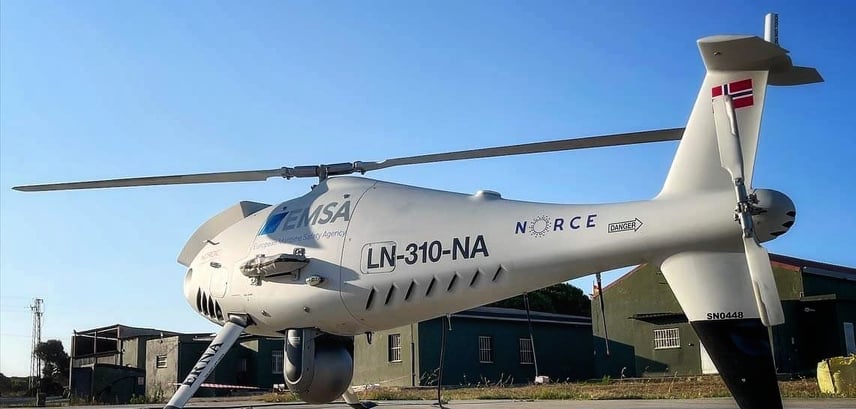The objective of this preliminary market consultation is to enable the European Maritime Safety Agency (EMSA) to gather knowledge of available market solutions for the effective integration of AI systems within RPAS services at EMSA, with focus on enhancing the surveillance capacity of the RPAS by analysing payload data.
Solutions focused on assisting the piloting of the unmanned aircraft are not considered relevant at this stage and thus are of scope of this market consultation
.
RPAS at EMSA: Background info
Multiple unmanned aerial platforms of different types and sizes are available in the current EMSA portfolio. The available RPAS are operated by accredited service providers. The EMSA RPAS Services are related to maritime domain and delivered to National Authorities and European Union Agencies.
All the EMSA RPAS are carrying optical sensors, which are considered the principal sensors for surveillance, although they may have different characteristics (EO-Electro Optical and/or Infra-Red- IR, zoom capacity, spectral domain, etc.). Other sensors may be available as well (e.g., automatic identification system – AIS, radars, gas sensors for air pollution, etc.). So far, several hundreds of hours of EO/IR and radar video data have been collected.
The typical set-up of an EMSA RPAS deployment foresees the presence of an RPAS pilot, responsible for the flight, and a payload operator(s), who manoeuvres the camera(s) and other sensors.

RPAS crew is usually located next to the take-off and landing site. The users, usually located remotely from the take-off site, can follow in real-time the operations via the RPAS Data Centre (DC), which is the single web interface for all the EMSA deployments.
Users provide instructions to the crew on actions to take based on the data acquired. This modus operandi currently relies completely on real-time human interpretation of data.















